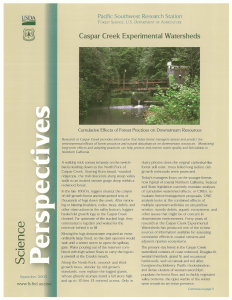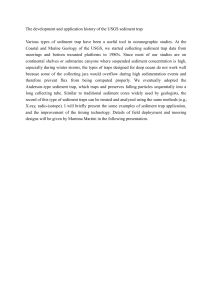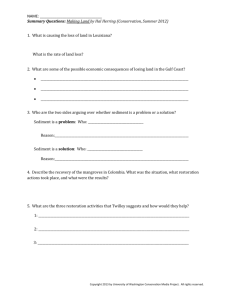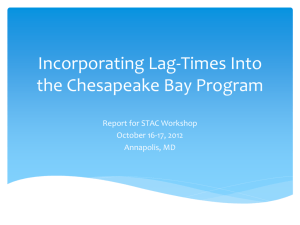Fact Sheet for Wet Ponds, Constructed Wetlands, and Extended
advertisement
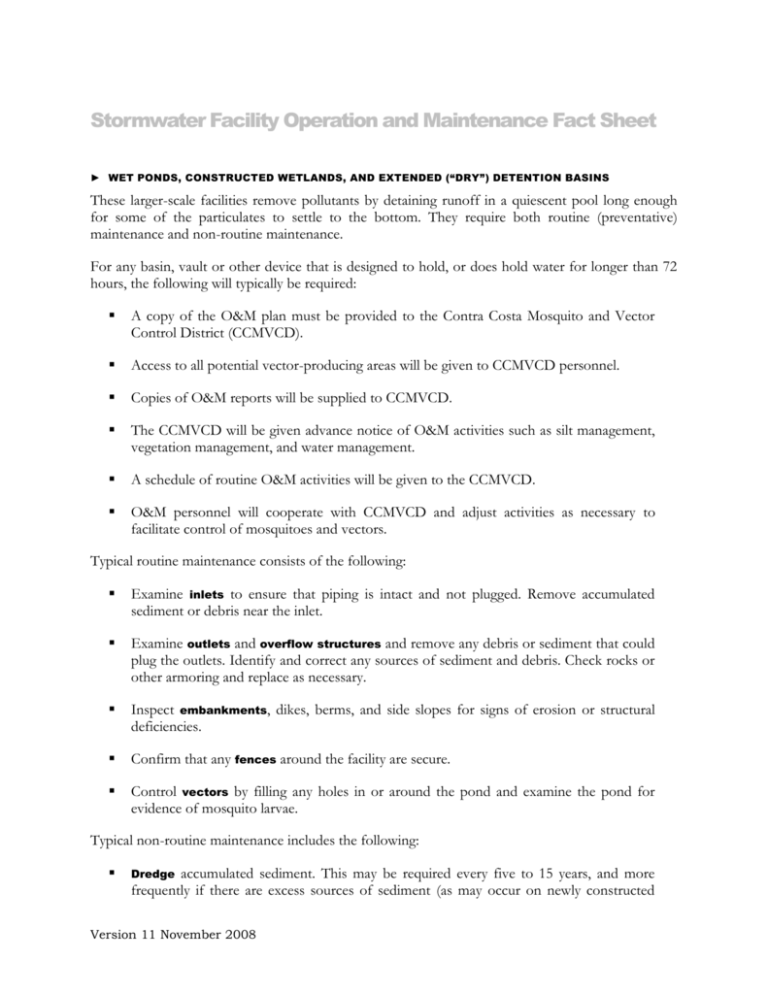
Stormwater Facility Operation and Maintenance Fact Sheet ► WET PONDS, CONSTRUCTED WETLANDS, AND EXTENDED (“DRY”) DETENTION BASINS These larger-scale facilities remove pollutants by detaining runoff in a quiescent pool long enough for some of the particulates to settle to the bottom. They require both routine (preventative) maintenance and non-routine maintenance. For any basin, vault or other device that is designed to hold, or does hold water for longer than 72 hours, the following will typically be required: A copy of the O&M plan must be provided to the Contra Costa Mosquito and Vector Control District (CCMVCD). Access to all potential vector-producing areas will be given to CCMVCD personnel. Copies of O&M reports will be supplied to CCMVCD. The CCMVCD will be given advance notice of O&M activities such as silt management, vegetation management, and water management. A schedule of routine O&M activities will be given to the CCMVCD. O&M personnel will cooperate with CCMVCD and adjust activities as necessary to facilitate control of mosquitoes and vectors. Typical routine maintenance consists of the following: Examine inlets to ensure that piping is intact and not plugged. Remove accumulated sediment or debris near the inlet. Examine outlets and overflow structures and remove any debris or sediment that could plug the outlets. Identify and correct any sources of sediment and debris. Check rocks or other armoring and replace as necessary. Inspect embankments, dikes, berms, and side slopes for signs of erosion or structural deficiencies. Confirm that any fences around the facility are secure. Control vectors by filling any holes in or around the pond and examine the pond for evidence of mosquito larvae. Typical non-routine maintenance includes the following: accumulated sediment. This may be required every five to 15 years, and more frequently if there are excess sources of sediment (as may occur on newly constructed Dredge Version 11 November 2008 sites where soils are not yet stabilized). Dredging is usually a major project requiring mechanized equipment. The work will include an initial survey of depths and elevations; sediment sampling and testing; removal, transport, and disposal of accumulated sediment, and reestablishment of original design grades and sections. Remove invasive plants. Depending on the success of the design and the rate of sedimentation, ponds may be subject to excessive growth of rooted macrophytes, which reduce the effective area of the pond and create quiescent surface water that supports mosquito larvae. Removal may require a level of effort similar to dredging. Version 11 November 2008





